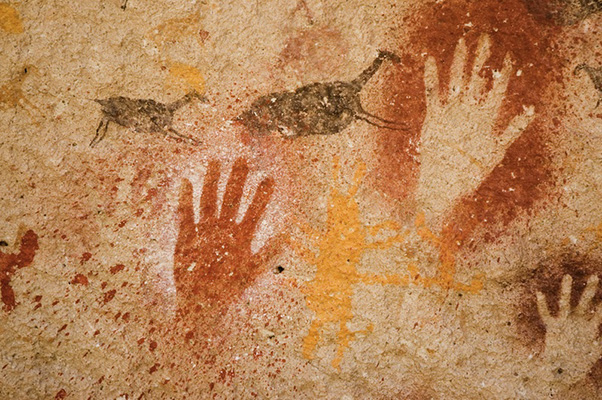The Humanity of Children from Sandmann to Struwwelpeter: A Tale of Two Hoffmanns
DOI:
https://doi.org/10.5399/uo/konturen.7.0.3526Abstract
Within the context of an inquiry into the borders between human and animal, this essay considers the question of the humanity--or animality--of children as they are depicted in nineteenth-century German literature and elsewhere. Defining nineteenth-century literary "humanity" as a regulating, domesticating, bourgeoisification, I examine E.T.A. Hoffmann's Der Sandmann and Heinrich Hoffmann's Der Struwwelpeter, and follow the sins of omission (Sandmann) and comission (Struwwelpeter) that seem to authorize the inhuman treatment of children. Nathanael, Coppelius's "little beast," is reduced both to beast and automaton/wooden doll and ultimately destroyed in E.T.A. Hoffmann's adult novella. Twenty-nine years later, the young protagonists of Heinrich Hoffmann's children's book suffer gruesome punishments for their willful transgression of bourgeois norms and domestic law. But the children's rhymes produced in 1845 have a revolutionary flavor that underscores the subject's freedom.Published
2014-09-16
How to Cite
Hart, G. (2014). The Humanity of Children from Sandmann to Struwwelpeter: A Tale of Two Hoffmanns. Konturen, 6, 131–150. https://doi.org/10.5399/uo/konturen.7.0.3526
Issue
Section
Articles

